|
Will you help Erika be in our film? Can you help make this happen? Brika Brack (aka Erika J. Wilson) will be playing Jennifer Herald in our film 'The Poet.' Jennifer works at an all-female vampire hunter agency where they pose as real estate agents. She's a career-driven business woman who's achieved a lot and continues to rise through the ranks, serving as a mentor for the new hunters. She's skilled with silver bullets, wooden stakes and a special silver knife. But Jennifer isn't just a bad-ass, she's also a woman who had other interests before her career skyrocketed; she loves the arts and although she's been trained not to feel too much to be a better killer, she's still a human woman with real emotions. She's never met a vampire like Drake before, which leads her to question her entire life's work--will she spare his life or will she follow the code of vampire hunting she has worked so hard to establish? Erika is perfect for this role. In Arabel the movie she could understand the subtlety and nuance in a scene, where she played a double-agent/pin-up/savior/enemy. Erika lived in Maine during her high school years but now resides in Portsmouth NH where she acts, models, hosts and an array of other cool things like running the Seacoast Film Society. Last summer she spent 3 months in Italy at Cinecitta Studios (Gangs of New York, The Life Aquatic and many other films). Take a look at our video, check out our rewards and contribute to our film! We're a Staff Pick on kickstarter and $60 away from being halfway funded on our 6th day! We can't make this film without you! We have 24 days left! Thank you for your support! I've been asked to direct a film for this year's Damnationland! I wrote a script and we have the cast and crew--now we just need the money! We've raised almost $1500 in 3 days (of $4,000). AND we've been named a STAFF PICK by the kickstarter people! Check out our project below and be sure to watch our fun video--and contribute if you can! Thanks! The Poet Kickstarter Arabel had it's premiere at the New Hampshire Film Fest in October! It was a great event (a favorite moment for me was Michelle MacLaren, director of my favorite Breaking Bad episodes, giving a behind-the-scenes panel). Check out some of the highlights! Arabel was also one of four short films chosen to open the Cape Ann Film Fest in Gloucester, MA on October 30th! We're really honored to be a part of these great events and in the company of such amazing talent. Thanks to everyone involved!
Photos by Sevastra Photography. The Emerge Film Fest was last weekend and our film Detour was nominated for Best Short Film! They organized a great event and we were really honored to not only have our film shown but to be nominated. We saw a lot of fantastic films and met some really cool people. Well done, Emerge! All photos by Sevastra Photography (except the blurry brick one), check out her other work!
Detour, which I wrote (and was AD on) and directed by Dean Merrill and Gary Robinov, starring Brian Chamberlain and Astrea Campbell-Cobb (with Bill McDonough, Jennifer Nichole Porter and Dana Packard) has been nominated for the following at the Lewiston-Auburn Film Fest!
Best Actor Best Short Best Maine Film Best in Festival LAFF was named one of "The Coolest Film Fests in the World" in 2013 by MovieMaker Magazine Thanks to everyone for their hard work on the film! Check out the Fest April 4-6, 2014. I thought I'd give a little update about some upcoming projects. ARABEL, the short film set in WWII that I produced with Jayson Lobozzo will be wrapping up this spring when the snow melts a little more and we can get the last few shots. Can't wait to work with Jayson, and actors Erika Wilson and Erik Moody again! Good times. Pulling a 1932 car with Nazi flags filled with actors down a dirt road in Maine, in the rain. SIMPATICA, the short film I wrote and AD'd and directed by Dean Merrill and Gary Robinov will be at the Lewiston-Auburn Film Festival where there will also be a panel discussion. It was also sent to the SAG short film showcase in NYC. I can't believe how much snow we got this year! It worked out perfectly for our shoot. I'll be writing a short script for Dean and Gary again for Damnationland--the Horror Film Fest that screens at The State Theater in October. And to throw a real crazy ruckus into the mix, I'm putting on my Beastie Boys show for the Portland Theater Collaborative's Portfringe Festival this summer! I'm getting ready to hold auditions--I can't wait to see what people bring to the Beasties, RUN-DMC, LL Cool J, The Beastie Wives and The Beastie Girls! What's the time? It's time to get ill! There will be a lot more about this to come!
The final 8 episodes of Breaking Bad are being filmed right now. It gives us a chance to look through the seasons again—especially at color symbolism and the changing color patterns. In addition to my other blog post The Colorful World of Breaking Bad, I had a few more thoughts about it.
In the pilot episode Walt, dressed in all beige and tan, stands before his high school class and discusses his favorite topic and passion in life—chemistry—while laying out a thesis for the entire show in one quote. “Chemistry, well, technically, is the study of matter, but I prefer to see it as the study of change.”
He then sprays a flame from a Bunsen burner with three different spray bottles—green, blue and red (money, meth and death?). This is the intro to his story. His life changes drastically and we rarely see him wear beige and tan again, but those colors appear over and over--the blue meth, the blood, the red meth super-lab, Jesse's red clothing, the green money.
Later, in Season 4 episode 4 “Bullet Points” Hank is recovering from his gunshot injuries in his crazy purple bedroom.
He’s taken a bizarre interest in “minerals” and is showing Walt Jr. a mineral when Walt cuts in and re-states the color thesis of the show.
Walt Jr: "What makes it be all pink like that?" Hank: "Well that's the Manganese part, ok? It oxidizes, like, like rust." Walt: "Exactly, Manganese can have an oxidation between minus three and plus seven which takes it through a range of colors--purple, green, blue--but it's most stable state is plus two... which is usually pale pink." When I first saw this episode, I thought Walt was referring to Jesse; Jesse Pinkman is the pink color, and through all the ups and downs the two of them have been through, all the emotions and the colors to represent these emotions, in this moment, after Gale has been murdered and Walt is more concerned about evading the DEA and making money off meth, the most stable character is still Jesse because he’s the moral compass of the show. He’s re-lapsed again with the drugs but there’s a pretty significant reason why—he had to kill an innocent person and he can’t handle it. This is a normal reaction opposed to Walt’s narcissistic drive to save himself no matter the consequences.
Jesse struggling with the consequences of his actions by turning his house into "skid row" as Walt calls it.
At a second look, I also think the mineral quote is referring to Walt and Jesse’s relationship. They created the world of Breaking Bad, this bubble of meth manufacturing, digging themselves deeper into the lies, the murders and law-breaking. When they’re torn apart either from fighting each other or having other people plot them against each other, things go very badly. But when they work together, their messed up world is the most stable, hence Mr. White + Pinkman= “its most stable state is plus two...which is usually pale pink.” One last thing I wanted to point out is the connection made between Gale and Jesse. Do the lightning bolts mean anything? I think Gale's death always plagues Jesse. Also, Walt officially made a statement to Declan and the cartel that Jesse is as good a meth cook as he is now, perhaps equating him with the level of mastery that Gale had of chemistry.
A closer look at Gale's infamous notebook.
Jesse's lightning bolt t-shirt in season 5
For more colors in Breaking Bad, check out The Colorful World of Breaking Bad.
Or check out my weekly rundown of Better Call Saul season 4, including the colors.
Breaking Bad has used color as symbolism from the beginning, the most obvious being in the names Walter White and Jesse Pinkman (a nod to Mr. White and Mr. Pink from Reservoir Dogs? Who knows). Walter White also lives on Negra Arroyo Lane (Black Stream/Creek), an obvious statement on his journey from mild-mannered schoolteacher, to murderous, drug kingpin. The light vs dark/good vs evil isn't the only color scheme the show presents us with. A wide palette of colors appear--some slowly manifesting into our consciousness after several episodes or seasons. Last Sunday's episode, the half-season finale Gliding Over All was not only packed full of Godfather-esque lighting set-ups, action and a shocking, cliff-hanger ending, but there was an over-stimulation of color. I'm still picking up on the color patterns after several viewings. Seeing how this show and the characters are so interconnected, and having seen interviews with Vince Gilligan about his process for the show, I have no doubt the color choices-- just as the characters, plot, camera and lighting--have a motivation behind them.
BLUE This is a big one. They make blue meth--the blue color is the signature trait, and all the other would-be meth makers, including Gale, "cannot account for the blue color." In a couple episodes back, Skyler White had a sky blue wall in her office. She was also wearing a blue skirt when she fell into the blue pool which is reminiscent of the blue meth in its liquid stage--her life is being consumed by Walt's involvement in the meth manufacturing business. Remember this?
In Gliding Over All, Skyler comes home to find Walt sitting beside the pool at night. The lighting is ethereal--they push the glimmering blue lighting to the limit here, almost like the blue has a life of its own.
Skyler says to Walt "Take a drive with me" and this is when the Blue gets intense. Both Skyler and Walt are wearing blue shirts. The hallway in the storage unit is white with all blue doorways. If done wrong, it could've come off as cheesy and too "on the nose" but moments like these are when the show becomes highly stylized and feels like a Kubrick movie--we're shown that they live in a bubble, in a double life, a world of secrets, and their world is meth. Blue meth. Their world would be blue.
RED
Remember the meth super lab was red, and that didn't end so well, and blood is red, so maybe we can assume blood means death? There was so much red in this half-season finale. -The news anchor giving the news about the prison deaths was wearing red. -Lydia's nails were red. -Lydia's mug is red (and Walt almost killed her with the ricin) and Skyler's mug that the Crystal Blue persuasion montage connected them with was red. Most striking to me was that the tarp the big pile of money was on, was red AND in a mirror image, the blanket that baby Holly gets laid on in the playpen was red.
YELLOW
Marie suddenly starts wearing yellow in this episode despite her life being ridiculously full of purple. Here's a reminder of the insane amount of purple in Hank and Marie's house from Gliding All Over (Also notice the news anchor on the television reporting the prison deaths and her red outfit).
When Marie is sitting in the living room with Skyler, we can see a little of a yellow shirt underneath her purple one.
Then when they're all outside on Walt and Skyler's deck, she's wearing a yellow shirt and yellow bracelets. This is a huge change, considering Marie has worn purple almost every single time we've seen her. What does it mean? Does it signal a change in her role in the story now that Hank has just made a huge discovery? I can't wait to find out.
To tie the BLUE, RED and YELLOW together, baby Holly is being pushed around by her brother in a little toy stroller that is, you guessed it, BLUE, RED and YELLOW!
GREY
At one point during the amazing crystal blue persuasion montage, Lydia, Skyler and Walt are all wearing grey--perhaps to represent the new "Grey Matter" Empire? Check it out around 1:20! (plus, the green barrels--money? And Lydia's red nails!)
For more on color in Breaking Bad check out The Changing Colors of Breaking Bad
Or check out my weekly Better Call Saul Rundowns for season 4, including the colors. Peggy and Don in "The Suitcase." (Michael Yarish/AMC) _ There are so many great TV shows right now. I recently watched all of Mad Men and then all of Breaking Bad—if you haven’t seen them, this won’t make much sense, but if you have, then maybe you are just as excited as I am. I remember when I didn't watch TV for 7 years because it wasn't worth it—I think the only show I watched was The Sopranos. Maybe I just wasn’t looking in the right places. The parameters these TV shows have to work around (trying to film them like movies but with time, budget and FCC constraints), in some cases (Breaking Bad, Mad Men, pretty much all of HBO), actually make them more creative and focused on character and plot and have real depth because they utilize these constraints to their advantage and turn inward to examine the world within the characters' relationships with each other. Each episode becomes a mini movie, except the really exciting thing is that your relationship with the characters doesn't have to end, for 5, 6, maybe 7 years in some cases. I just watched an episode of Breaking Bad called "The Fly" which was very similar to an episode of Mad Men called "The Suitcase." Both have two characters who share scenes of tension and then incredible camaraderie, either because of mutual admiration, sharing personal history together or living in an ‘alternate’ life that can only be shared with this other person, usually because of circumstance (Don Draper and Peggy Olson in Mad Men or Walt and Jesse in Breaking Bad). Both of these episodes explore the profound psychological aspects of their relationships in the confinement of a small space (The meth lab or Don's office) while focusing on a singular task. In Breaking Bad, the entire plot is (within this one particular episode) Walt and Jesse trying to kill a fly. In Mad Men, Don and Peggy try to come up with an ad for a suitcase. Then layered on top of this singular task is a complex web of power struggles and emotional bonding, intimacy between them and ultimately between the characters and the viewer as we learn more about what makes them tick. Jesse and Walt in "The Fly." (www.moviewebb.com) Walt and Don are the ones in charge, yet each shows their emotional vulnerability which then allows the secondary characters to take control, even if just briefly, because they choose to stay with their superiors during their time of weakness. Peggy stays with Don even when she's supposed to meet her boyfriend for dinner on her birthday and when her older lover comes into the office drunk and gets into a fight with Don. EVEN after Don makes her cry in the bathroom, she stays with him when he is wasted and puking and she's there when he finds out a close friend has died and cries in her arms. In Breaking Bad, Walt is obsessed with finding this fly to a point of hysteria, refusing to cook the meth and locking Jesse out of the lab, yet Jesse doesn't give up on Walt. At first we can assume it’s because of money, the same way we can assume Peggy stays because she doesn’t want to lose her job or miss an opportunity for more recognition. Jesse buys tools to help catch the fly, drugs Walt to get him to sleep so he can start making the meth (which has a deadline), and even tries to catch the fly by precariously putting a ladder on two unstable tables until Walt falls asleep and Jesse makes all the meth himself. Interesting that both Peggy and Jesse help Don and Walt to bed, it really emphasizes their character’s roles as “supporting”. The story brings the two characters together, feeling empathy for each other, and then tears them apart again with dramatic tension and conflict. It must be an actor’s dream to be in scenes like these. At the end of both episodes you think some of the conflict has been resolved—Jesse tucks in Walt after he falls asleep and Don gently puts his hand on Peggy’s hand the next morning in his office to show his gratitude and his feelings for her after they fell asleep on his office couch together. In classic ego-driven alpha character style, Walt reminds Jesse the next day that some meth is missing and insinuates that Jesse must be stealing it (which he is) instead of thanking him or acknowledging his help which Jesse so desperately wants and needs from somebody, especially Walt. The episode ends with tension between them again. In Mad Men, not long after the gentle hand touch in Don’s office, he announces he’s getting married to his secretary—a woman he barely knows. Peggy is outraged because she thought maybe Don had possible feelings for her and because she tried to get him to make the right decisions. She’s become Don’s protege and she seeks his approval. Walt and Don need to regain their protagonist status after revealing a more fragile side, and Jesse and Peggy reveal they are stronger than what we thought. The show makes you side with one and then the other and then when you realize they can’t truly function without each other, the writers present obstacles that keep them apart. This is when I love writing, actors and film/television production. I read a review once of The Dark Knight, that talked about the importance of ending the movie with Batman as not a hero but a vigilante on the run. We're not left completely satisfied and there's a transformation in that aching and desire to have resolution for the story and the characters. Leaving us longing for Walt and Jesse to stay together in their crumbling world of drug manufacturing and distribution and our desire to see Don and Peggy maintain that intimacy where Don can actually be real and honest and Peggy can be strong and respected, keeps us coming back each week, or in my case, hitting the "Play Next Episode" on Netflix so we can see out their relationships. Both "The Fly" and "The Suitcase" episodes go back to the fundamentals of storytelling—it’s not about Walt’s life of crime with explosions and murder and DEA agents or Don’s tangled web of lies and escapades with all the women in 1960s New York City. It’s about two people, in a room, trying to solve a problem and by focusing their energy towards this one, simple task, we get to learn more about their individual stories and how much they need each other, for better or worse. At the end of a long night (Michael Yarish/AMC) Even the people who make Breaking Bad think it will be your favorite episode! |
Archives
May 2023
Categories
All
|
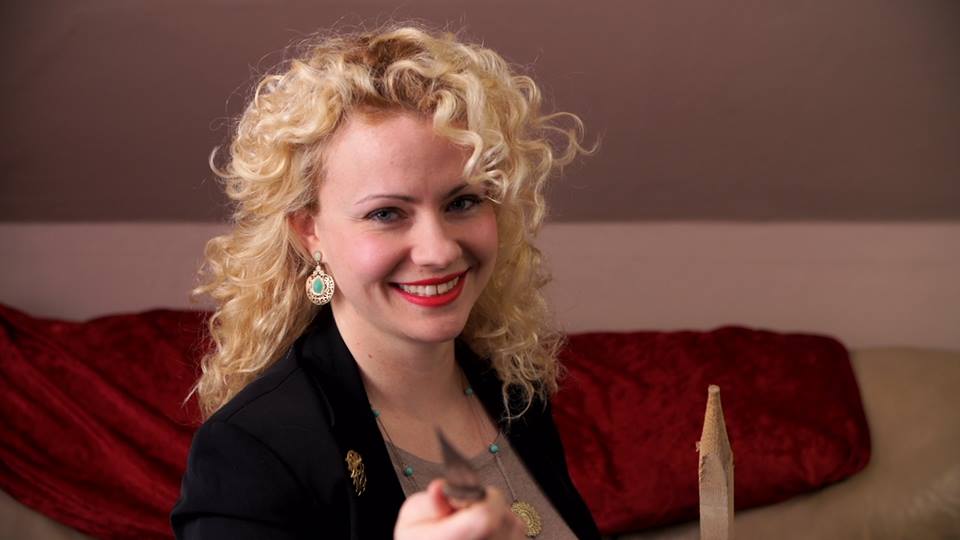

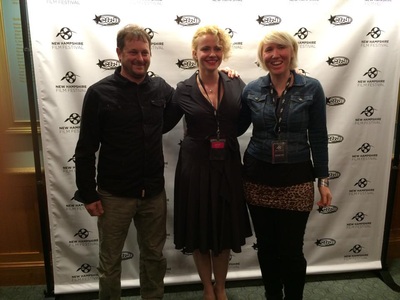
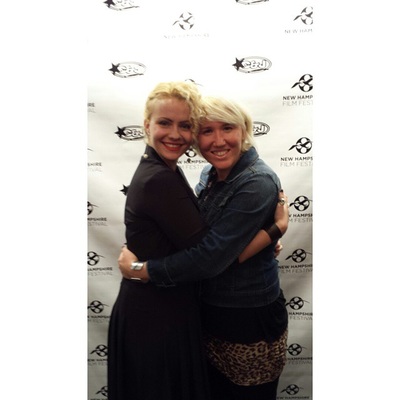
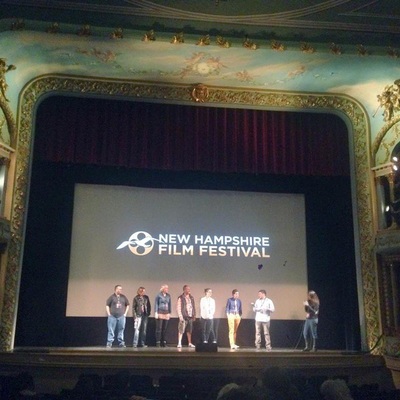
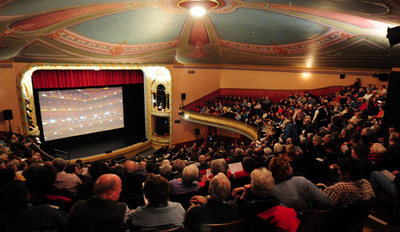
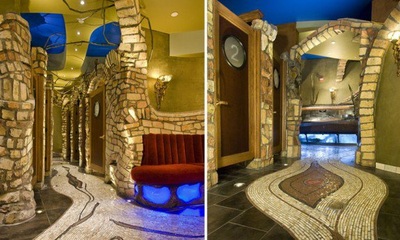
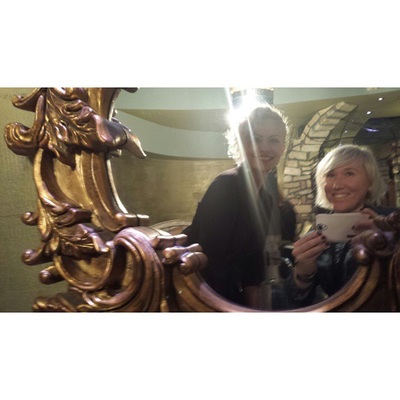
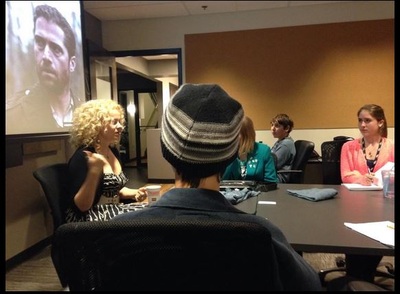
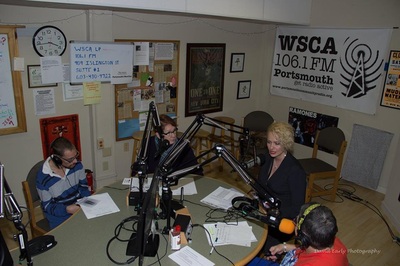
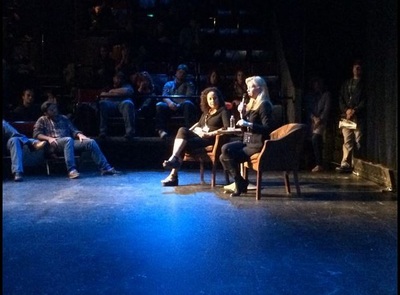
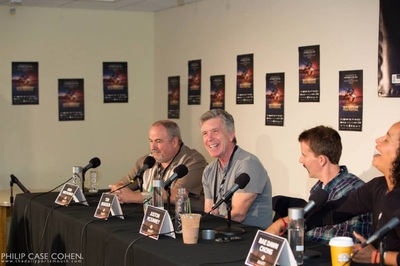
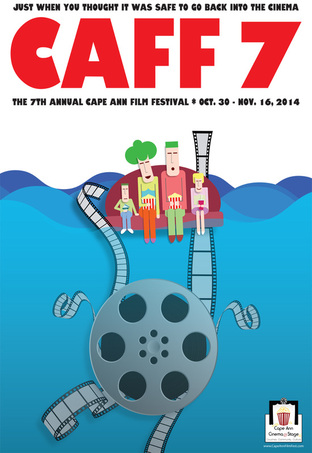
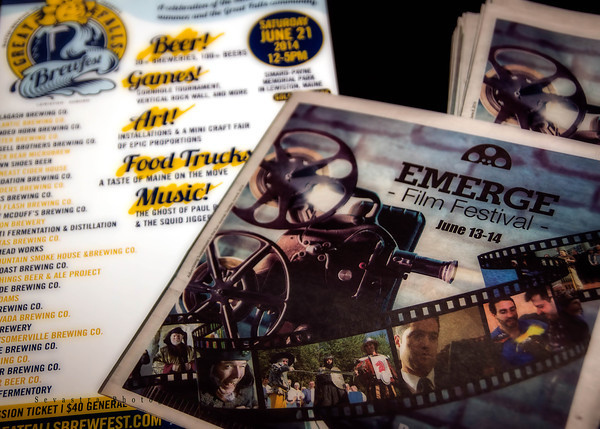
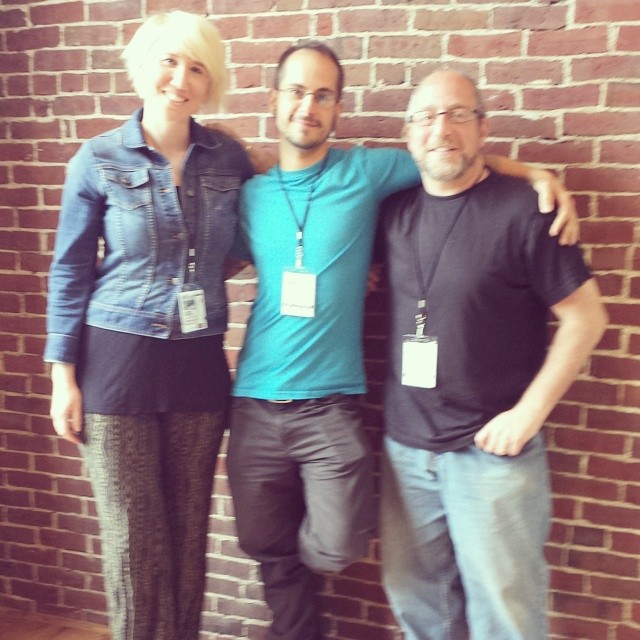
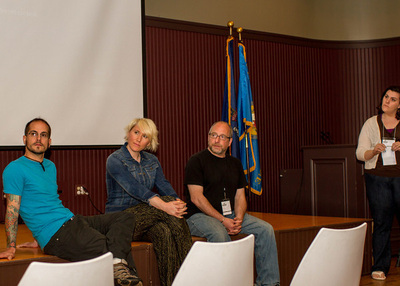
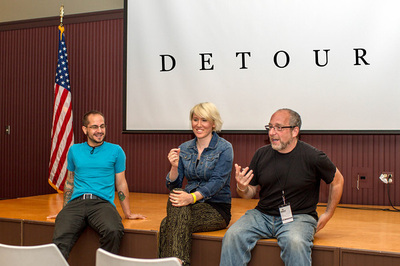
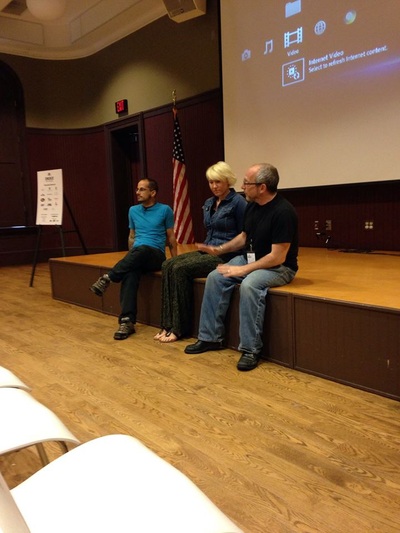
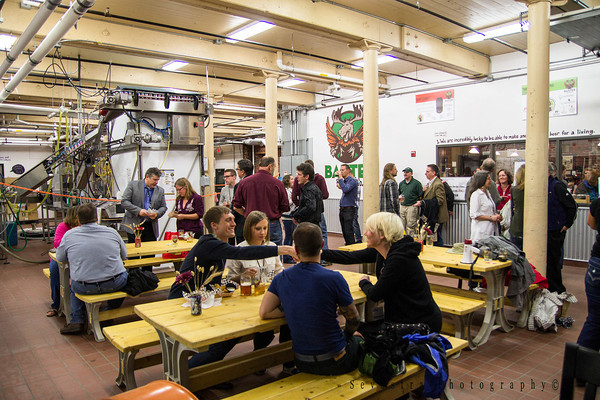
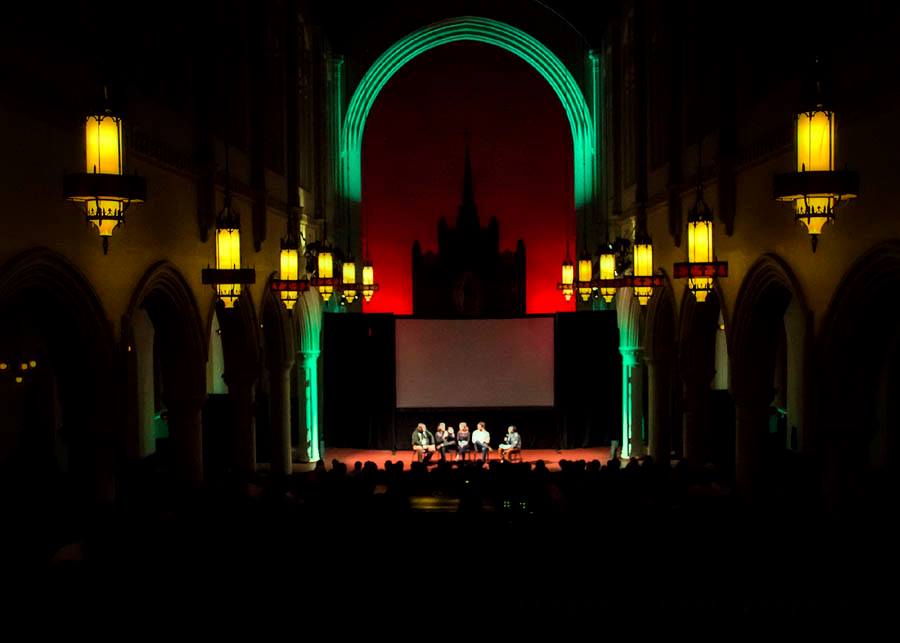
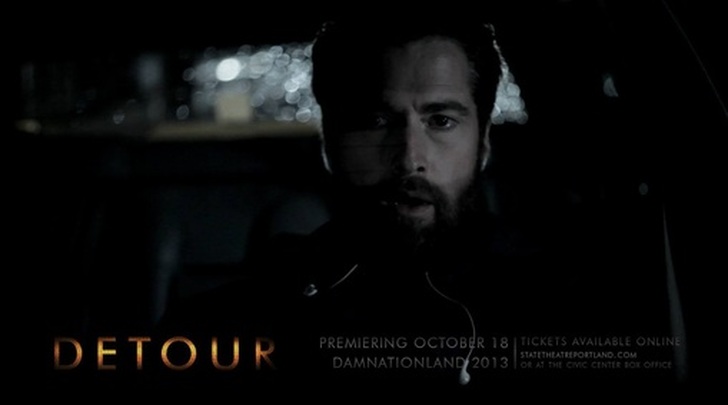

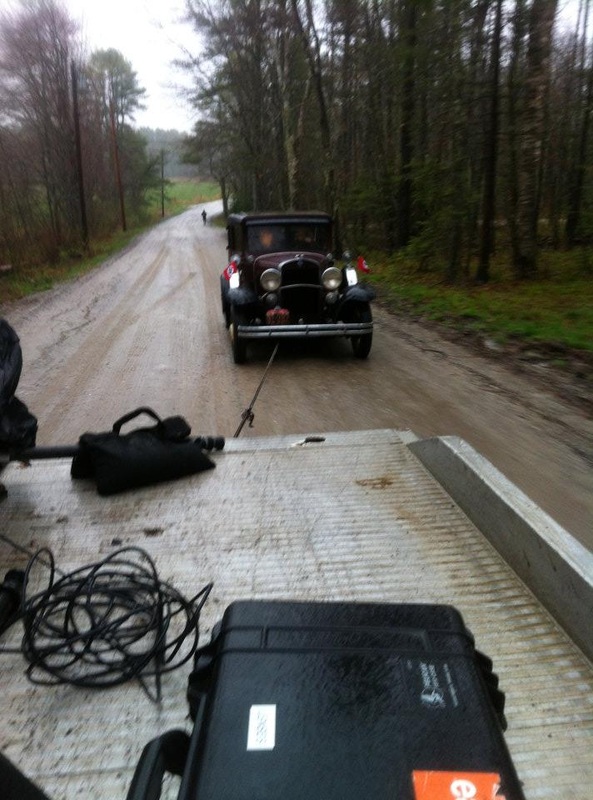
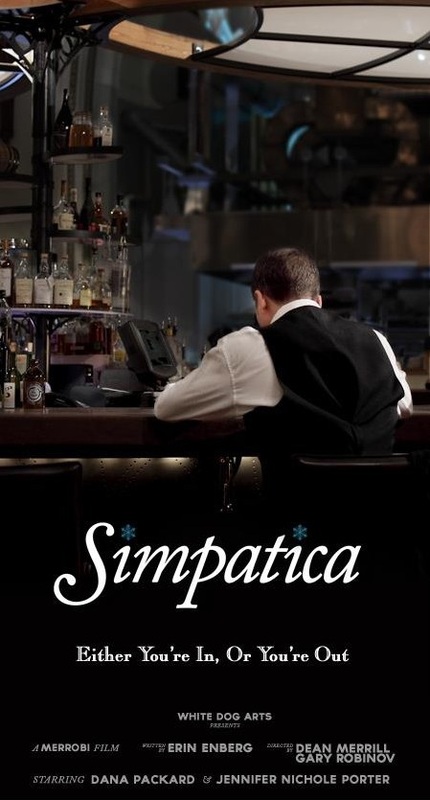
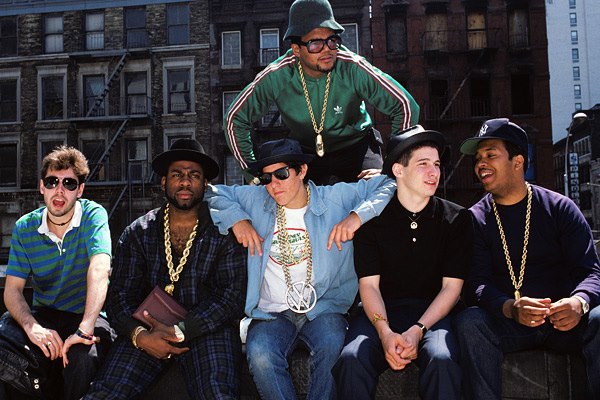
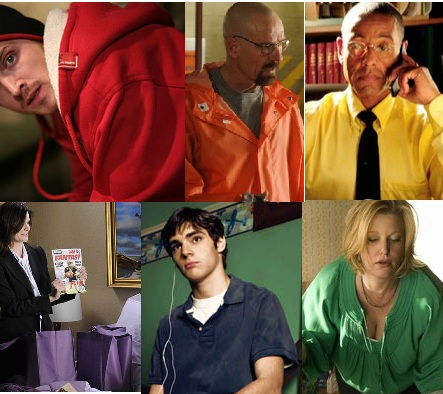
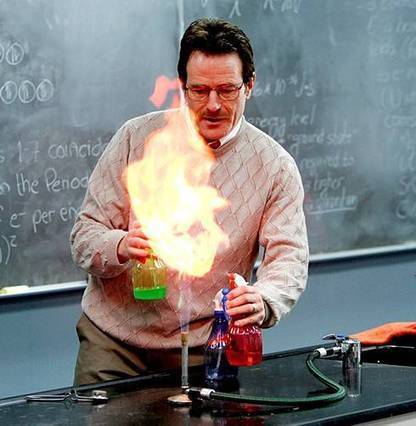
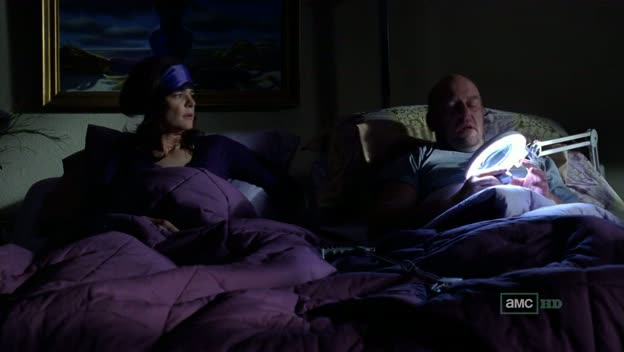
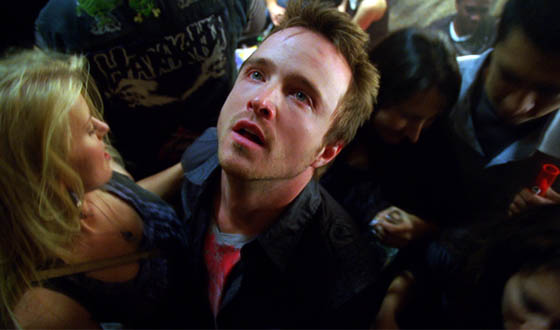
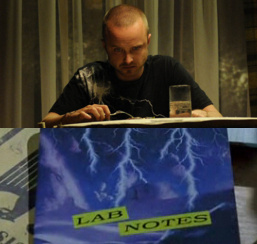
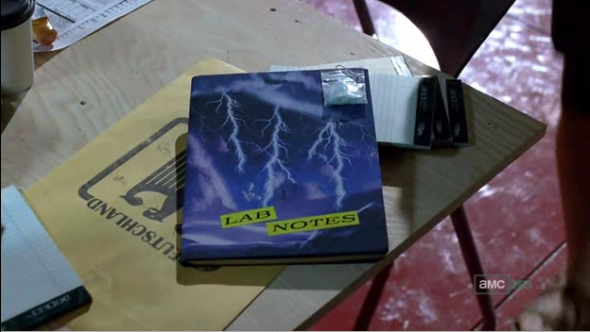
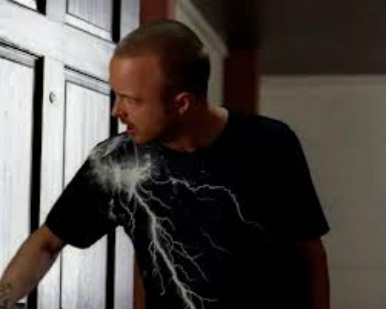

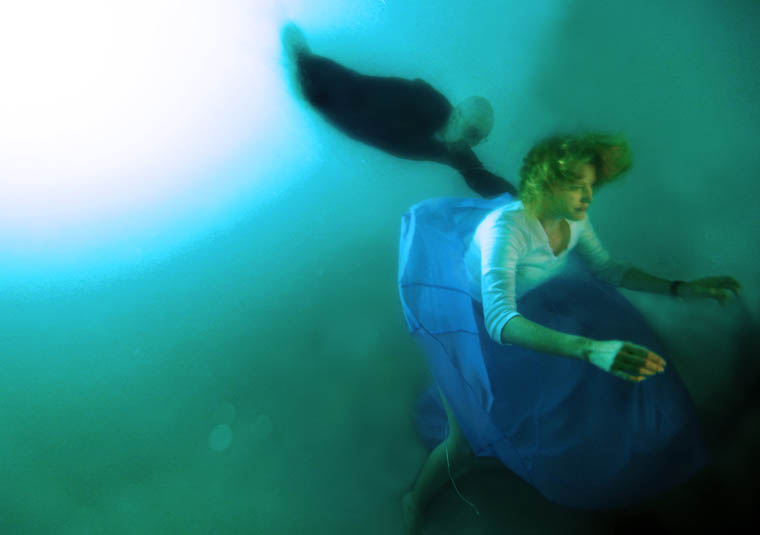
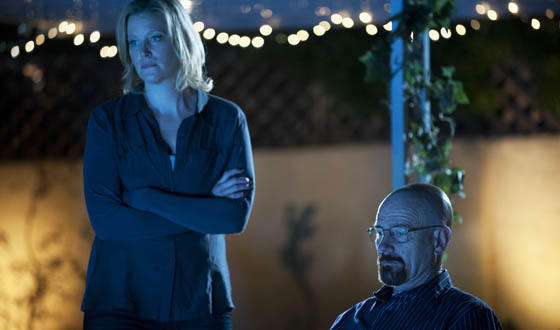
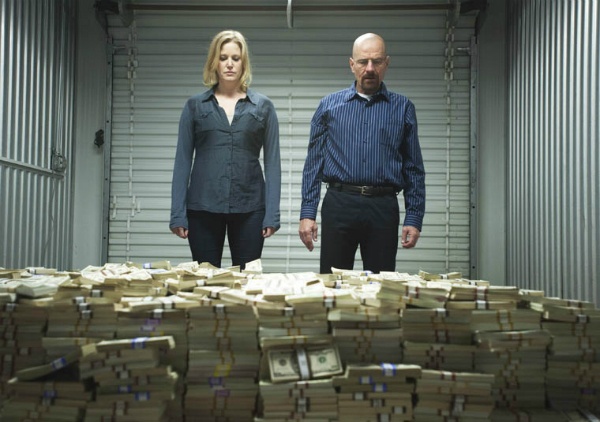
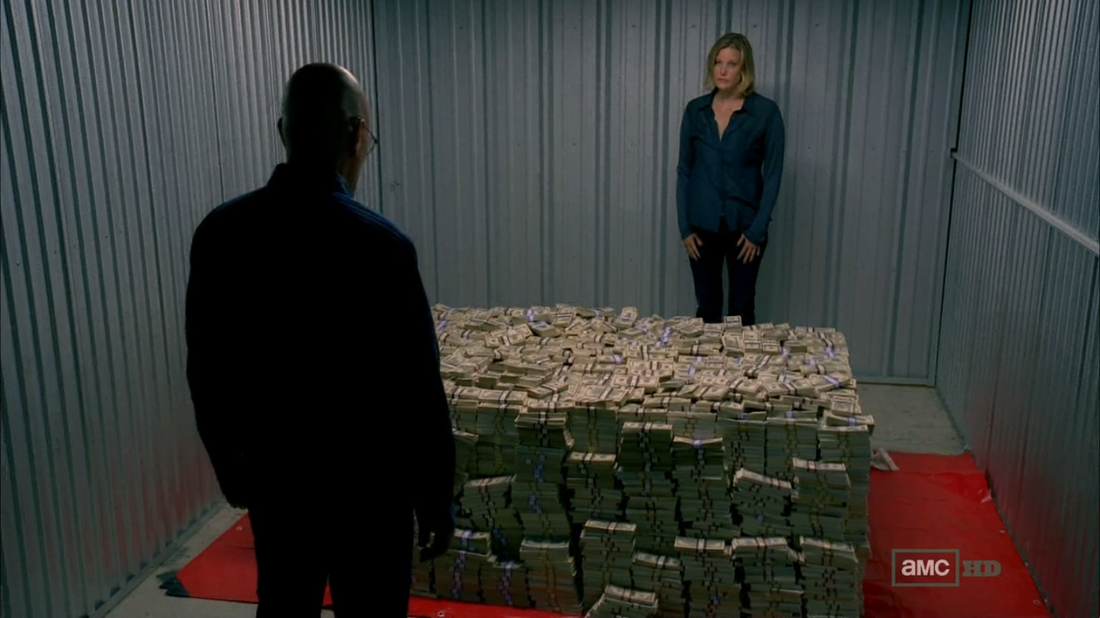
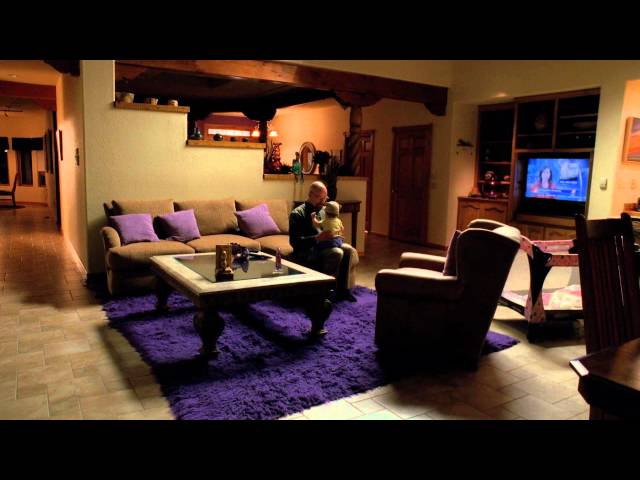
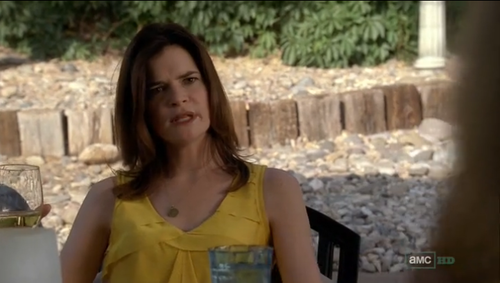
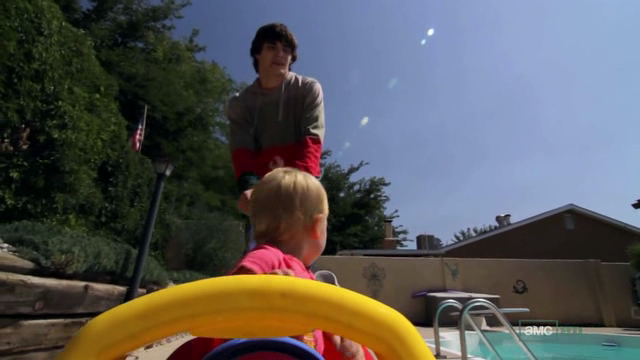
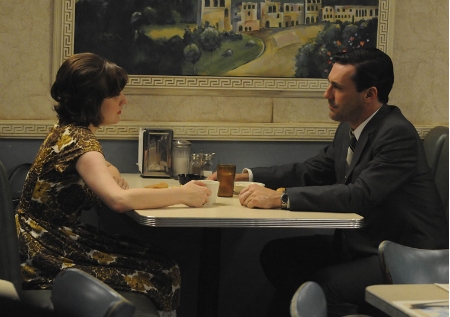
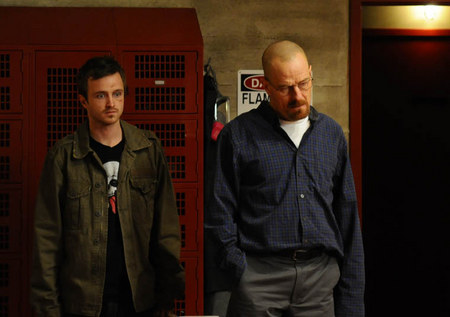
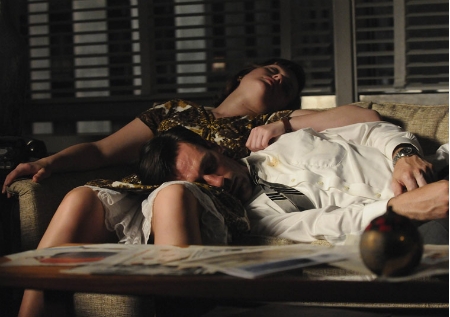
 RSS Feed
RSS Feed